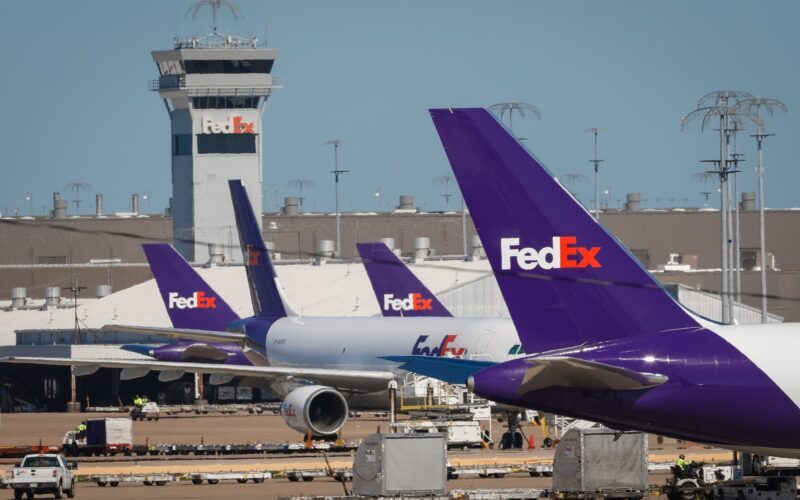UPS and FedEx Customers Gain Leverage in Delivery Price Negotiations

U.S. retailers and other delivery customers are finding it easier to secure discounts from United Parcel Service (UPS) and FedEx, marking a significant shift from the past four years. During 2021 and the first half of 2022, UPS and FedEx, benefiting from surging online shopping volumes during the early pandemic, resisted discount requests and were selective in favoring profitable customers. However, the situation has reversed, with these carriers now striving to fill their trucks due to declining demand.
Excluding the U.S. Postal Service (USPS) and Amazon.com, UPS and FedEx jointly hold nearly 50% of the U.S. doorstep delivery market, with combined annual revenue of $191 billion. They have implemented annual general rate increases exceeding 30% from 2019 to 2024, often aligning their pricing strategies.
Kenneth Moyer, a partner at LJM Consultants and a former UPS pricing negotiator, commented, “They have to fight for every package right now, it’s great for shippers.” The reduced demand has created opportunities for customers to negotiate cost savings, making the environment “very juicy” for securing discounts, according to Deyman Doolittle, co-founder of ShipSigma.
Ground delivery service rates, preferred by online retailers, dipped below 2022 levels during the second quarter, and further declines are forecast for the entire third quarter. If realized, this will be the first full-quarter drop since 2019, according to the TD Cowen/AFS Ground Parcel Freight Index.
Both UPS and FedEx acknowledged their strategic management of rates with customers based on factors such as volume, business segment, and shipment type. They have emphasized that they are not solely relying on discounts to regain business but are using price negotiations to attract high-margin or high-volume customers while discouraging high-cost deliveries.
The shift in power dynamics has been rapid, resulting in significant savings for some online retailers. Macy’s and Rent the Runway, both UPS customers, have reported savings due to recently negotiated delivery deals, including a 50 basis point reduction for Macy’s in the second quarter. Shippers, in general, are securing discounts of around 8%-12% off list prices, comparable to pre-pandemic levels.
The significant supply-demand imbalance, with carriers capable of delivering over 110 million parcels daily while customers send only about 70 million, is putting pressure on carrier profits. Discounts are also increasing for air-based express package delivery rates, expected to decline 1.5% from the second quarter but rise 1.9% from the previous year.
FedEx faced the demand downturn earlier than UPS, prompting it to offer discounts sooner and more aggressively. UPS, in preparation for the expiration of its contract with Teamsters, aimed to win back customers who had redirected packages to FedEx, USPS, and regional rivals ahead of a threatened Teamsters strike. FedEx believes it can retain the additional packages it gained during this period without lowering prices.
However, industry experts remain skeptical, particularly as UPS offers to cover early termination fees for customers who switched to FedEx. FedEx is also expected to respond assertively to secure business amidst UPS’s aggressive approach.
Customers are currently in a stronger position to negotiate discounts with UPS and FedEx, which are now seeking to fill their capacity as demand wanes. This shift has resulted in meaningful cost savings for shippers, although carriers will continue to contend with a significant supply-demand mismatch.
Sources: AirGuide Business airguide.info, msn.com, reuters.com
